Table of Content
A small water stain on your wall may look harmless, but what if it’s the start of something far more dangerous? Across Indian cities, countless homeowners ignore such early signs of water seepage, assuming it’s just a cosmetic problem. Unfortunately, seepage isn’t just about ugly walls or peeling paint it silently eats away at your home’s foundation, concrete, and steel reinforcements.
In fact, experts say that more than 60% of structural failures in residential buildings can be traced back to unchecked seepage and moisture intrusion. The roof collapse in Noida’s Sector 31 is a chilling reminder that negligence can turn homes into death traps.
This article explains how water seepage ruins the structural stability of a home, the early signs you should never ignore, and the steps you can take to protect your most valuable asset your house.
What is Water Seepage?
At its core, water seepage is the slow, often invisible infiltration of water into building materials such as cement, bricks, concrete, or wood. Unlike a pipe burst, seepage is sneaky it travels through micro-cracks, porous surfaces, or weak joints, and gradually compromises the structure.
To better understand:
- Leakage: Sudden, visible flow of water (like from broken pipes).
- Dampness: Surface-level moisture, usually seen as stains.
- Seepage: Hidden, continuous water intrusion into walls, floors, or foundations.
This difference matters because seepage is gradual, making it easier to ignore. By the time it shows up on the surface, deep internal damage has often already occurred.
Also Read: Primer Paint: Types, Applications, Advantages & Disadvantages
Early Warning Signs of Water Seepage
You don’t need to be an engineer to spot seepage problems early. If you notice any of the following, it’s a clear signal that your home is under threat:
- Stains and Wet Patches – Yellow or brown stains on walls and ceilings.
- Musty Odor – Persistent damp smell caused by mould growth.
- Cracks Around Windows or Tiles – Moisture widens cracks in plaster.
- Efflorescence – White powdery salt deposits on walls.
- Peeling Paint or Bubbling Plaster – Moisture trapped behind paint layers.
- Sagging Ceilings or Uneven Floors – Advanced seepage weakening slabs.
- Mould and Fungus Growth – Hazardous to both health and structure.
Early detection is key fixing seepage in the first stage can save lakhs in future structural repairs.
How Does Water Seepage Ruin the Structural Stability of Home?
Seepage is like slow poison for your building. It doesn’t just make your house look shabby; it targets the core structural elements. Here’s how it gradually destroys your home:
1. Weakening Concrete and Cement
Concrete is porous by nature. Continuous water seepage infiltrates these pores, dissolving the cement paste and reducing its strength. Over time, beams and slabs lose their load-bearing capacity.
Imagine your roof slab turning brittle like chalk that’s what seepage does silently.
2. Rusting of Steel Reinforcement (Rebars)
Every reinforced concrete structure depends on rebars for strength. When water reaches them:
- Rebars begin to rust and expand.
- Expansion creates cracks in surrounding concrete.
- More water enters, worsening the damage.
This vicious cycle is the number one reason for structural collapse in old residential buildings.
3. Plaster and Wall Damage
Seepage hollows out plaster, causing bubbling and peeling. Not only does this look ugly, but it also weakens wall integrity and allows deeper water penetration.
4. Foundation Soil Weakening
Seepage that reaches the foundation is catastrophic. It softens the soil beneath, leading to uneven settlement and cracks in the building. In extreme cases, this can trigger partial or complete collapse.
5. Roof Slab Deterioration
Water collects in tiny cracks on the terrace. Continuous seepage weakens roof slabs and creates leakages. During heavy rains, these slabs face the highest risk of failure.
6. Damage to Gypsum Boards and Woodwork
False ceilings, wardrobes, and wooden doors swell and deform when exposed to seepage. Termite infestations thrive in damp conditions, adding another layer of destruction.
7. Flooring Issues
Tiles may start popping up, while marble or stone flooring develops cracks due to trapped moisture. Basement seepage is especially notorious for ruining expensive flooring.
8. Electrical Hazards
Perhaps the scariest consequence seepage spreads into electrical wiring, leading to:
- Short circuits
- Appliance damage
- Fire hazards
This is why water seepage is not cosmetic it is a structural and safety emergency.
Preventive Measures for Homeowners
You can prevent most seepage problems with regular maintenance and vigilance. Some simple steps include:
- Re-grout and reseal bathroom and kitchen joints every few years.
- Apply waterproof coatings on roofs and exterior walls.
- Ensure terrace slopes direct water towards drains, not into cracks.
- Check overhead tanks and pipes for leaks regularly.
- Use high-quality waterproof paint in vulnerable areas.
- Inspect basements during monsoon to detect early seepage.
Spending a few thousand rupees annually on maintenance can save you from spending lakhs on major structural repairs.
Professional Remedies for Advanced Seepage
When seepage spreads deep, DIY fixes won’t work. Here’s how professionals tackle it:
- Epoxy or Polyurethane Crack Injection – Seals structural cracks.
- Rebar Protection – Rusted rebars treated with anti-corrosion coatings.
- Waterproofing Membranes – Applied on terraces, basements, or walls.
- Soil Grouting – Strengthens weak foundation soil with chemical injection.
- Slope Correction – Ensures proper drainage on roofs.
Hiring certified waterproofing contractors ensures long-lasting results.
Also Read: Types of Flooring Materials in India: Cost & Guide for Every Home
Real Estate and Safety Implications
The impact of water seepage goes beyond physical damage:
- Property Value Decline – Homes with seepage can lose 20–30% of resale value.
- Insurance Issues – Many policies exclude coverage for pre-existing seepage damage.
- Health Hazards – Mould and fungus trigger asthma, allergies, and respiratory issues.
- Government Action – Municipal bodies may declare unsafe structures uninhabitable.
- Financial Stress – Repair costs can run into lakhs if ignored for years.
In short, water seepage can reduce your home’s worth, make it unsafe, and even leave you financially drained.
Conclusion
Water seepage ruins the structural stability of home by silently damaging concrete, rusting steel, weakening soil, and creating electrical hazards. What starts as a tiny damp spot can end with a collapsed roof or cracked foundation.
The lesson is clear: don’t wait until it’s too late. Regular inspection, preventive waterproofing, and timely professional intervention can keep your home safe, healthy, and valuable.
After all, protecting your house from seepage isn’t just about saving walls it’s about protecting your family’s future.

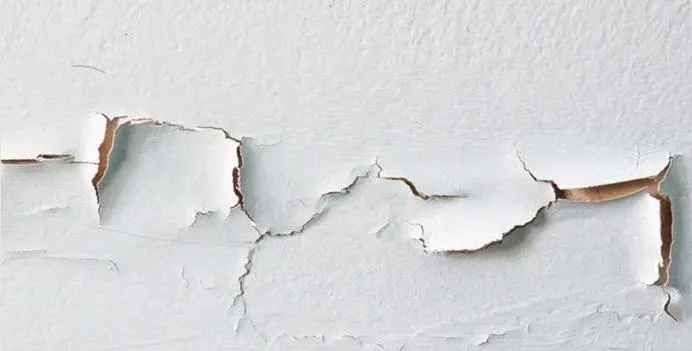
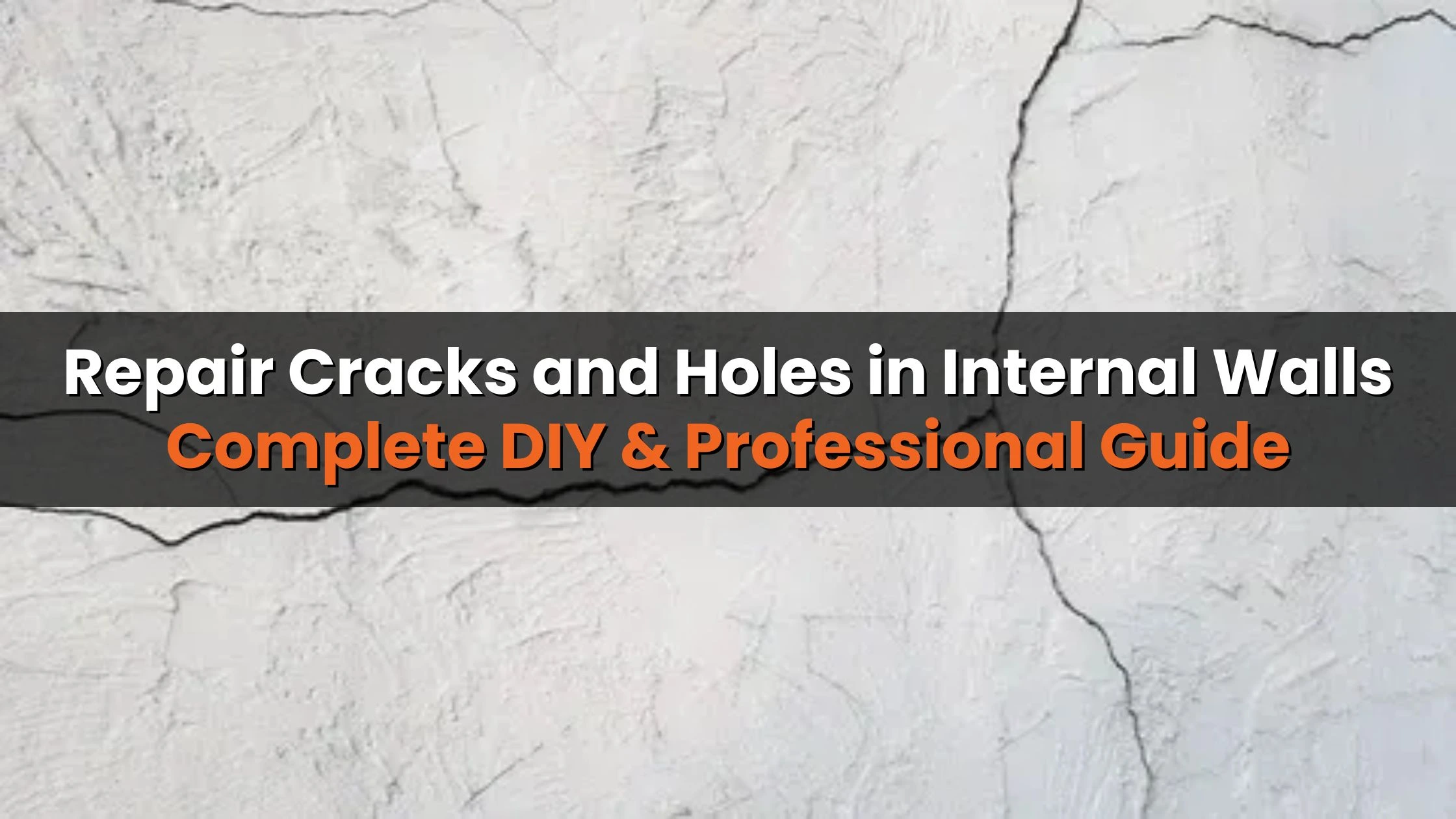
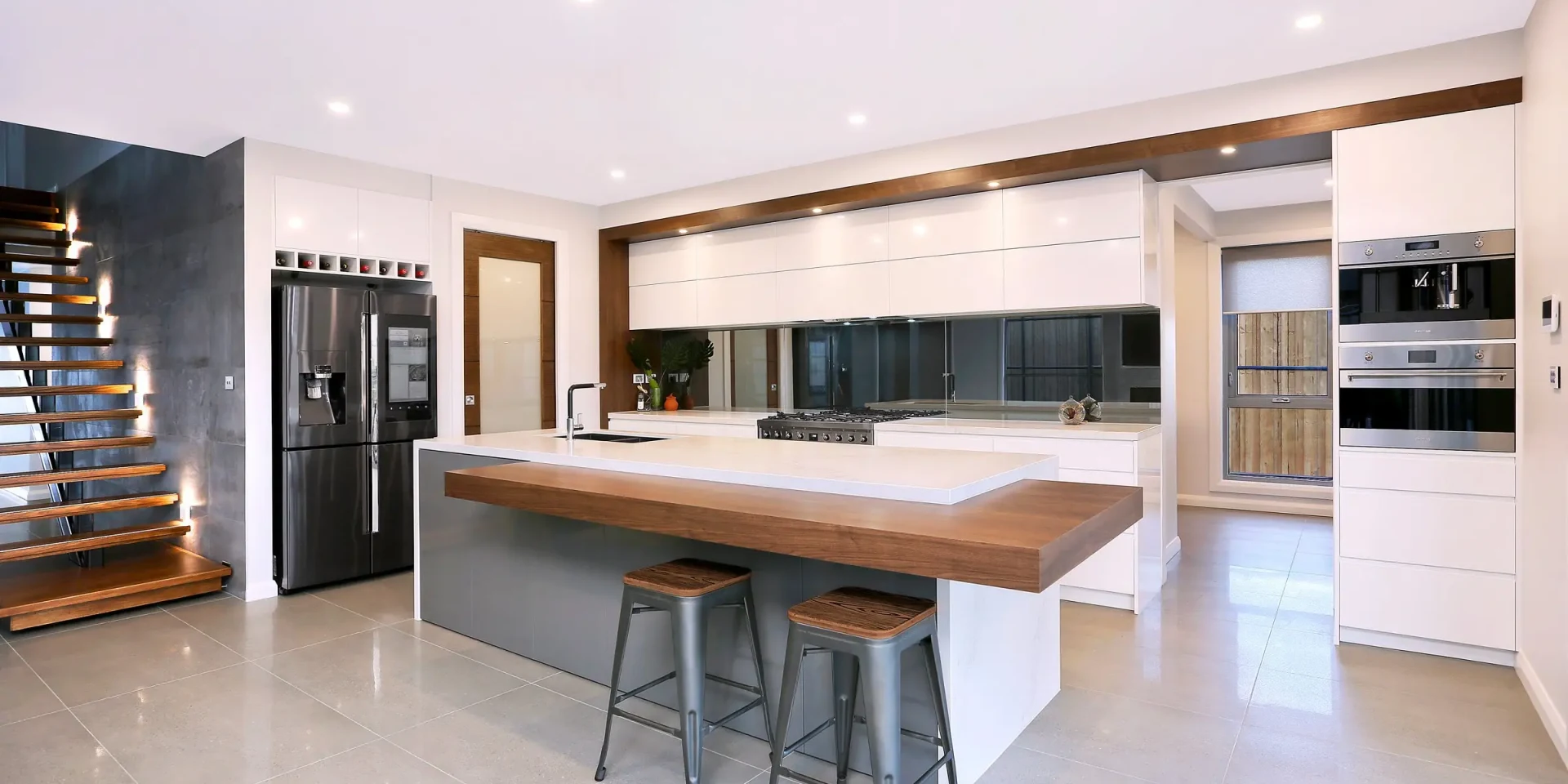
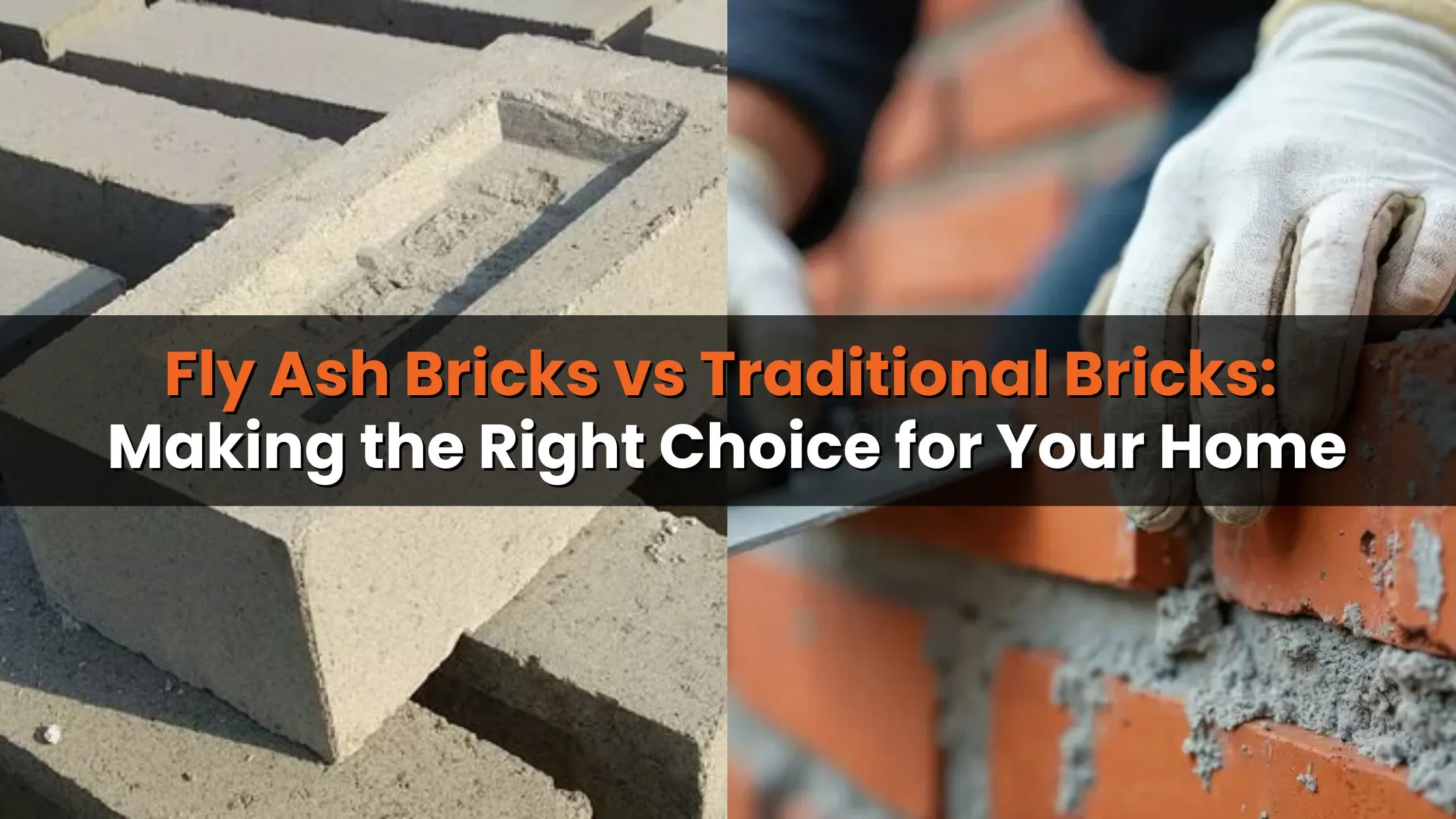



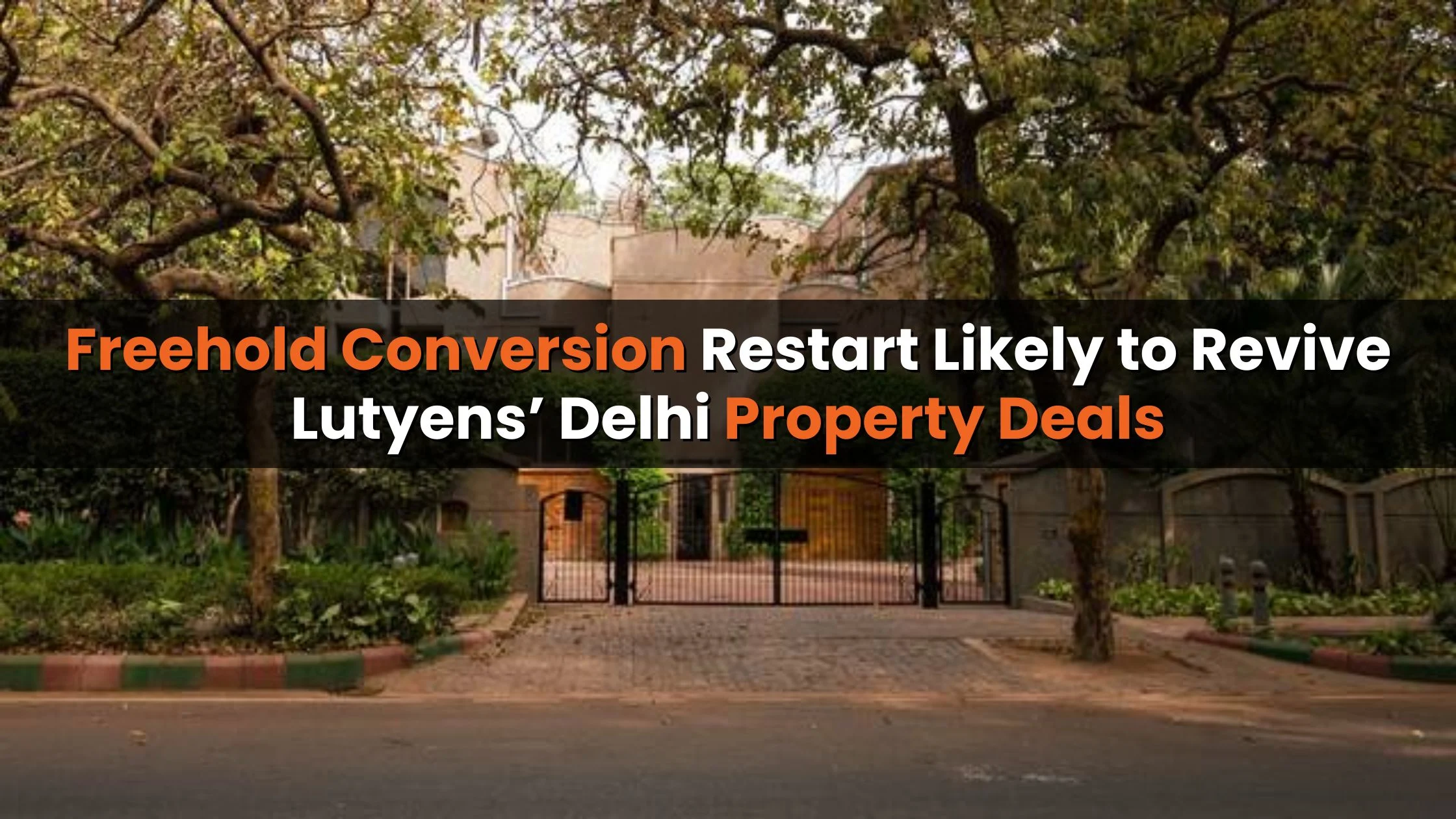
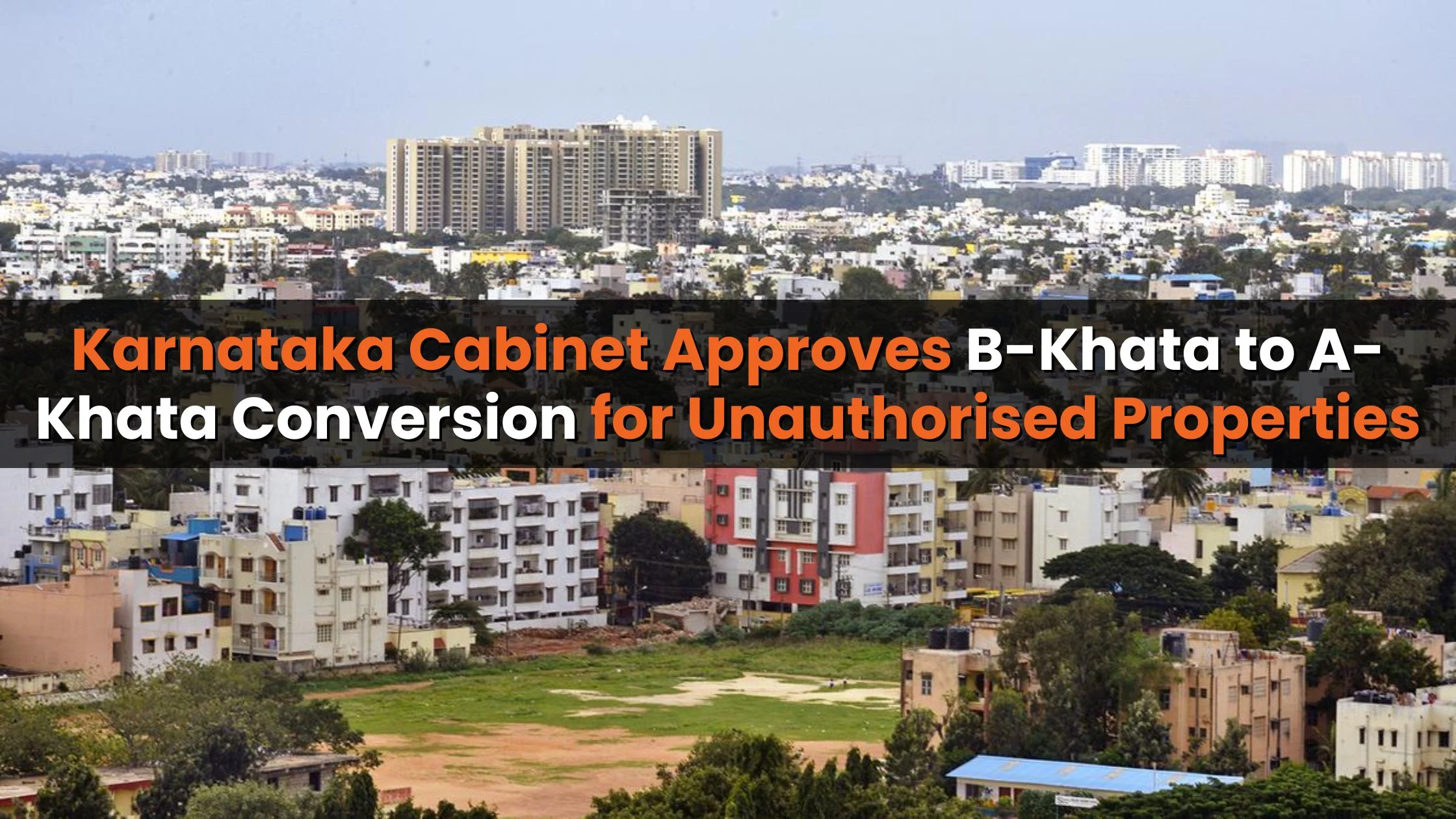


Ans 1. Water seepage is the slow infiltration of water into building materials like concrete, bricks, or wood through cracks, joints, or porous surfaces. Unlike leakage, it is hidden and continuous, often causing structural damage over time.
Ans 2. Look for wet patches, yellow stains on walls, musty odors, peeling paint, mould growth, efflorescence (white powdery deposits), or sagging ceilings. These are early indicators of seepage.
Ans 3. Yes. Seepage weakens concrete, rusts steel reinforcements, softens foundation soil, and damages plaster. Over time, it compromises the load-bearing capacity and can lead to partial or complete collapse.
Ans 4. Absolutely. Seepage can reach wiring and electrical fittings, causing short circuits, appliance damage, and even fire hazards.
Ans 5. Seepage creates damp conditions that promote mould and fungus growth. These can trigger asthma, allergies, respiratory infections, and skin issues.
Ans 6. Regularly re-grout bathroom joints, apply waterproof coatings, ensure proper terrace drainage, check tanks and pipes for leaks, and schedule annual inspections.
Ans 7. Experts use epoxy or polyurethane crack injections, rebar anti-corrosion treatments, waterproofing membranes, soil grouting, and slope correction to control seepage.
Ans 8. Yes. Homes with seepage issues may lose 20–30% of resale value, as buyers often avoid properties with hidden structural risks.
Ans 9. Most insurance policies exclude coverage for pre-existing or long-ignored seepage issues. Preventive maintenance is usually the homeowner’s responsibility.
Ans 10. If seepage spreads across walls, causes cracks, or reaches structural elements like slabs, beams, or foundations, DIY fixes won’t work you must call a waterproofing professional.